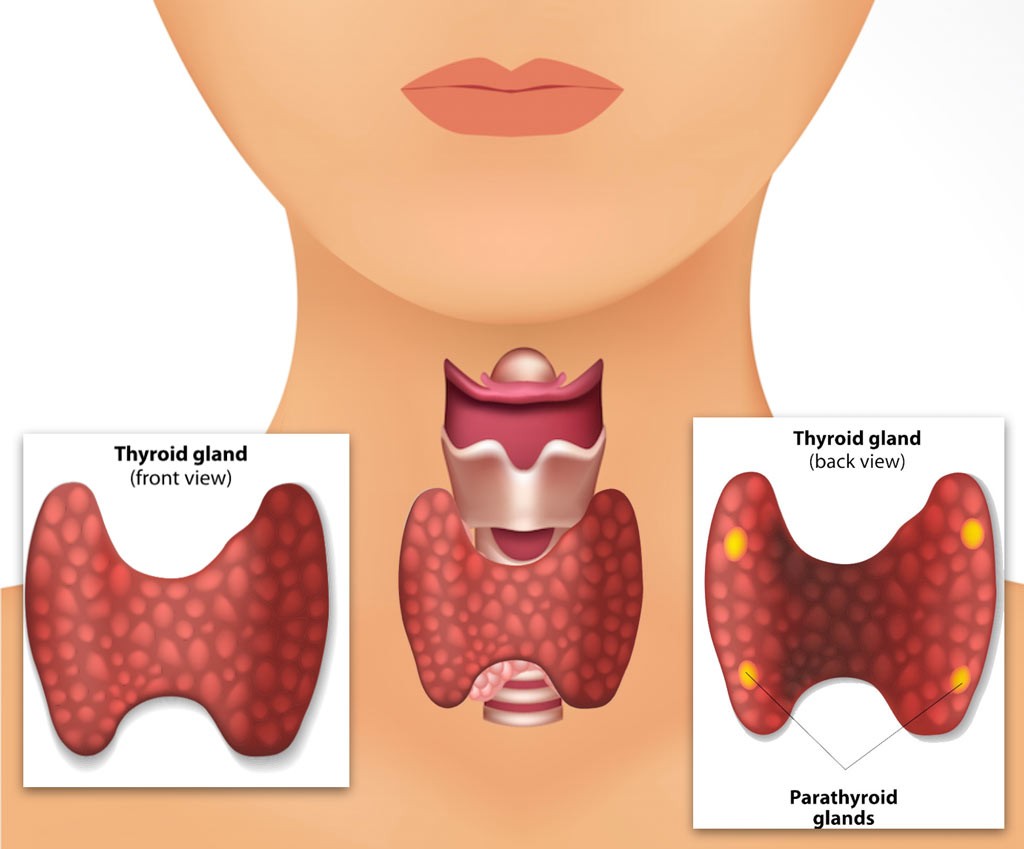What is Parathyroidectomy?

Symptoms of Hyperparathyroidism
Patients with hyperparathyroidism may experience:
- Fatigue and weakness
- Bone pain or fractures (due to calcium loss from bones)
- Kidney stones
- Excessive thirst and frequent urination
- Abdominal pain or peptic ulcers
- Depression, mood changes, or confusion
- Nausea, vomiting, or loss of appetite
Procedure or Treatment
Parathyroidectomy is performed under general anesthesia. The procedure involves:
Pre-operative evaluation: Blood tests, urine tests, bone density scans, and imaging studies (like ultrasound or Sestamibi scan) to locate overactive glands.
Surgery: A small incision is made in the neck to identify and remove the affected parathyroid gland(s). In some cases, only the abnormal gland is removed (focused or minimally invasive parathyroidectomy). In others, more glands may be removed if multiple are overactive.
Post-operative care: Most patients can go home within 24-48 hours. Calcium levels are monitored post-surgery, and supplements may be given to maintain normal calcium balance until the body adjusts.
Benefits of Parathyroidectomy
- Normalization of calcium levels
- Relief from symptoms such as bone pain, fatigue, and mood changes
- Prevention of complications like osteoporosis and kidney stones
- Improved quality of life and overall health
Types of Parathyroidectomy
Minimally Invasive Parathyroidectomy (Focused Parathyroidectomy):
Removal of a single overactive gland through a small incision.
Shorter surgery time and quicker recovery.
Bilateral Neck Exploration:
Traditional approach where all four glands are examined.
Used when the overactive gland is not clearly identified in scans.
Endoscopic Parathyroidectomy:
Uses a camera and small instruments inserted through tiny neck incisions.
Less scarring and faster healing.
Video-Assisted Parathyroidectomy:
Combines endoscopic techniques with direct vision for better precision.
